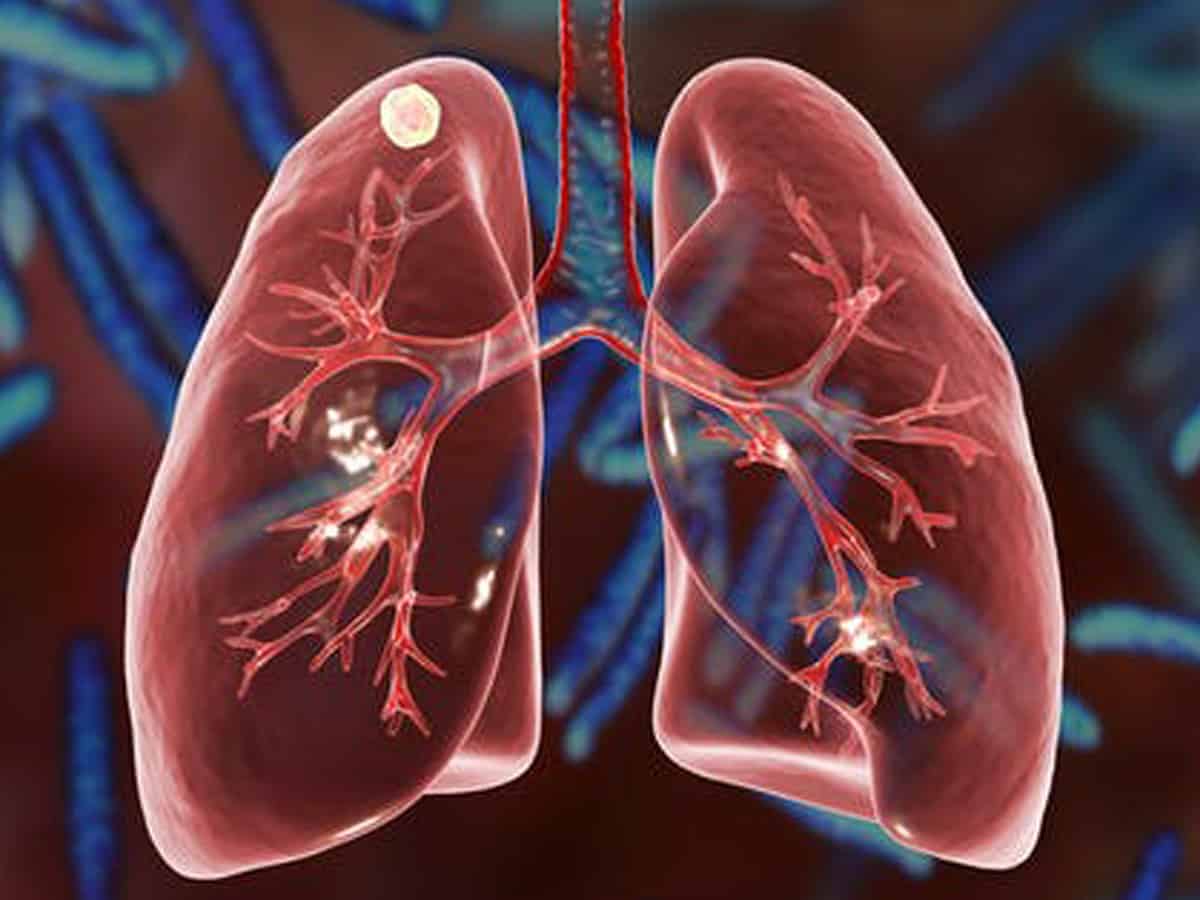
Beijing: Yoga and breathing control practices, in combination with aerobic training, are key for asthmatic people seeking to improve their lung function, a new peer-reviewed study has suggested.
The research, published in the journal Annals of Medicine, highlights the importance of integrating appropriate exercise training into asthma management plans.
“The findings demonstrate just how effective specific types of exercise training can be to enhance lung function for those with adults,” said lead author Shuangtao Xing, Associate Professor at the School of Physical Education at Henan Normal University in China.
“Breathing training combined with aerobic training, and yoga training, appear to be particularly advantageous — offering potential avenues for effective treatment approaches,” he added.
Asthma affects around 339 million people worldwide, causes symptoms such as coughing, wheezing, shortness of breath and chest tightness.
In the past, exercise was considered a potential risk factor for individuals with asthma, as it was believed to trigger or worsen acute asthma attacks.
However, recent studies have revealed that exercise training can actually enhance respiratory function and exercise capacity in adult patients.
However, variations in the specific exercise interventions in existing randomized controlled trials (RCTs) made it challenging to compare the effectiveness of different rehabilitation programmes.
To address this issue, the current study included a total of 28 RCTs involving 2,155 people with asthma and examined the effects of breathing training, aerobic training, relaxation training, yoga training, and breathing combined with aerobic training, on lung function.
All five types of exercise interventions demonstrated greater effectiveness in improving lung function measurements compared to the conventional rehabilitation control group.
Specifically, the study found breathing training, aerobic training, relaxation training, yoga training, and breathing combined with aerobic training, led to improvements on various parameters among the people.
“These findings should provide valuable insight for healthcare professionals prescribing exercise training for the management of adult asthma patients. However, it is essential to consider individual factors, such as family history, duration of the condition, and environmental influences, when designing exercise rehabilitation programmes,” said Xing.
“Importantly, they highlight that the majority of patients in the study were under 60 years of age, so exercise interventions may yield different responses in older individuals,” the authors noted.



